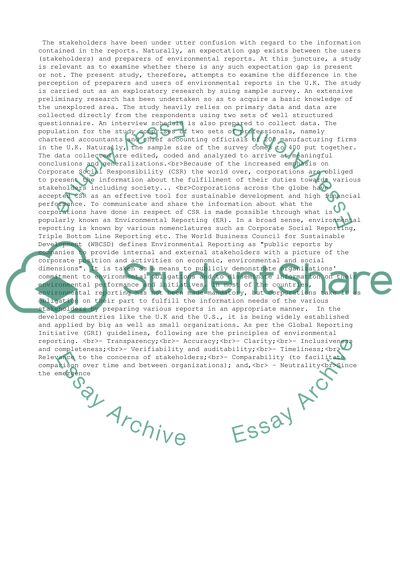Cite this document
(“Corporate Environmental Reporting Essay Example | Topics and Well Written Essays - 4500 words”, n.d.)
Retrieved from https://studentshare.org/business/1534395-corporate-environmental-reporting
Retrieved from https://studentshare.org/business/1534395-corporate-environmental-reporting
(Corporate Environmental Reporting Essay Example | Topics and Well Written Essays - 4500 Words)
https://studentshare.org/business/1534395-corporate-environmental-reporting.
https://studentshare.org/business/1534395-corporate-environmental-reporting.
“Corporate Environmental Reporting Essay Example | Topics and Well Written Essays - 4500 Words”, n.d. https://studentshare.org/business/1534395-corporate-environmental-reporting.


